“The vaka is the main hull of a multihull vessel. The term vaka is used in the Polynesian, Malay and Micronesian languages for a “canoe”, “ship” or “boat”. Other parts of a traditional vaka can include the aka and ama (outrigger). A proa consists of a vaka, the main canoe-like hull; an ama, the outrigger; and akas, the poles connecting the ama to the vaka. The trimaran uses the same terminology, with a center vaka and amas and akas on each side”. – Wikipedia
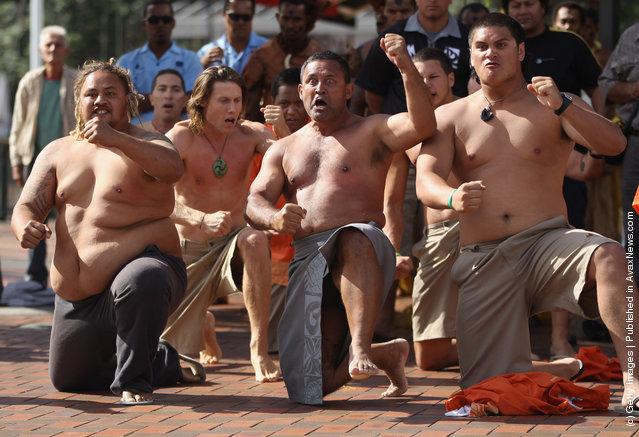
A Haka is performed before the ceremonial departure of the 'vaka' or traditional canoes ahead of their cross-Pacific voyage from Viaduct Harbour on April 13, 2011 in Auckland, New Zealand. Powered by sun and wind only, the 15,000 nautical mile journey to Hawaii via French Polynesia will set off on April 15, aiming to raise awareness of environmental issues such as ocean noise pollution, acidification and anoxic waters, whilst recapturing traditional Pacific voyaging. The votyage is named “Te Mana o Te Moana” meaning “The Spirit of the Sea”. (Photo by Phil Walter/Getty Images)
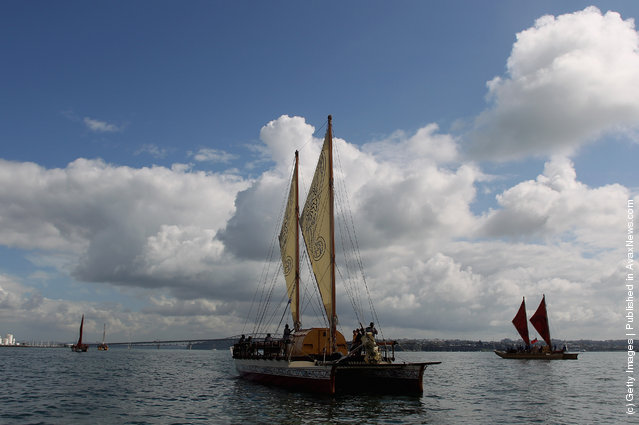
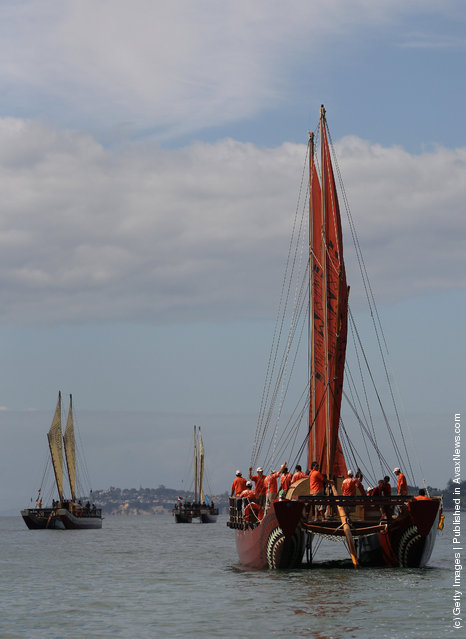
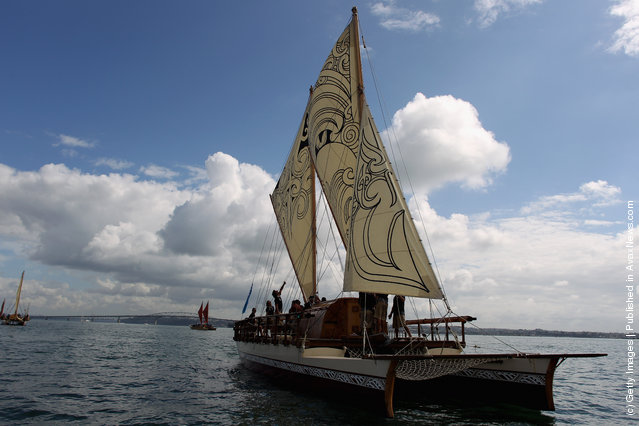
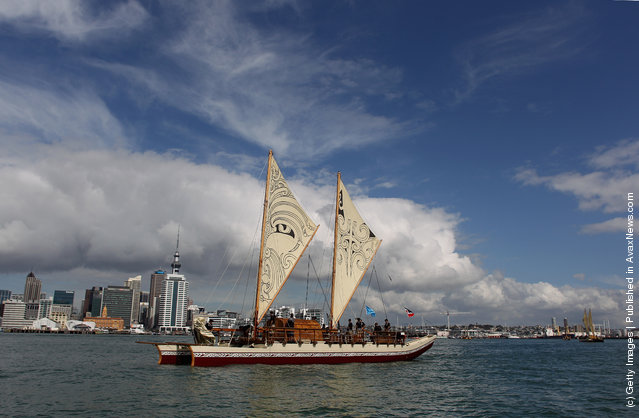
A floatilla of “vaka” or traditional canoes take part in a ceremonial departure ahead of their cross-Pacific voyage from Viaduct Harbour on April 13, 2011 in Auckland, New Zealand. (Photo by Phil Walter/Getty Images)
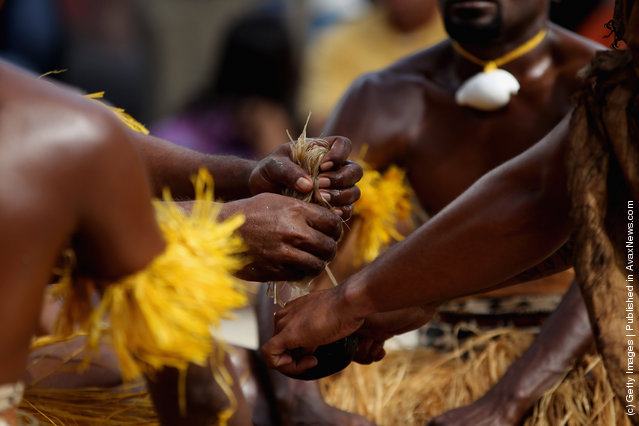
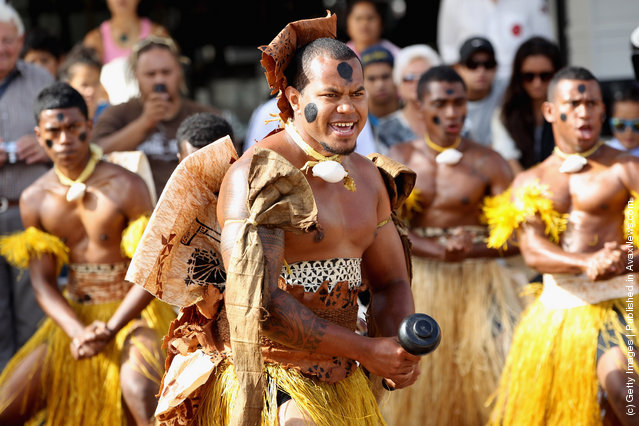
A Fijian Kava ceremony is performed before the ceremonial departure of the “vaka” or traditional canoes ahead of their cross-Pacific voyage from Viaduct Harbour on April 13, 2011 in Auckland, New Zealand. (Photo by Phil Walter/Getty Images)
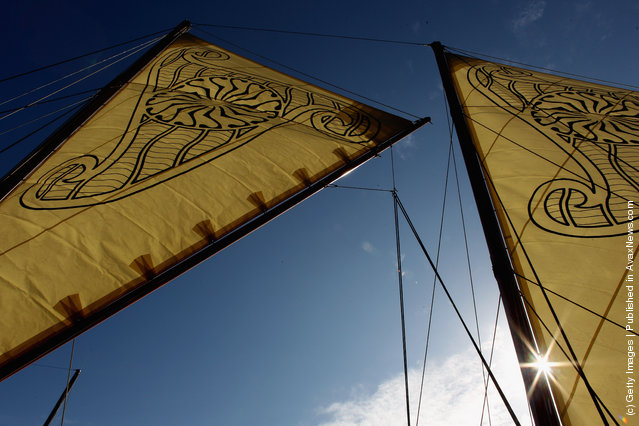
A “vaka” or traditional canoe takes part in a ceremonial departure ahead of their cross-Pacific voyage from Viaduct Harbour on April 13, 2011 in Auckland, New Zealand. (Photo by Phil Walter/Getty Images)
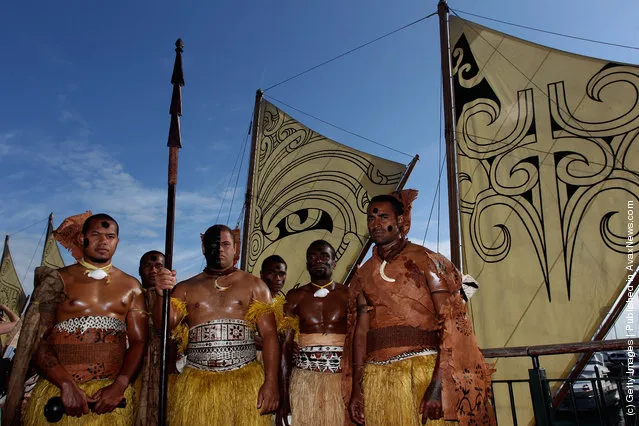
The Fijian kava group pose alongside a “vaka” or traditional canoe ahead of their cross-Pacific voyage from Viaduct Harbour on April 13, 2011 in Auckland, New Zealand. (Photo by Phil Walter/Getty Images)
13 Apr 2011 07:45:00,
post received
0 comments
